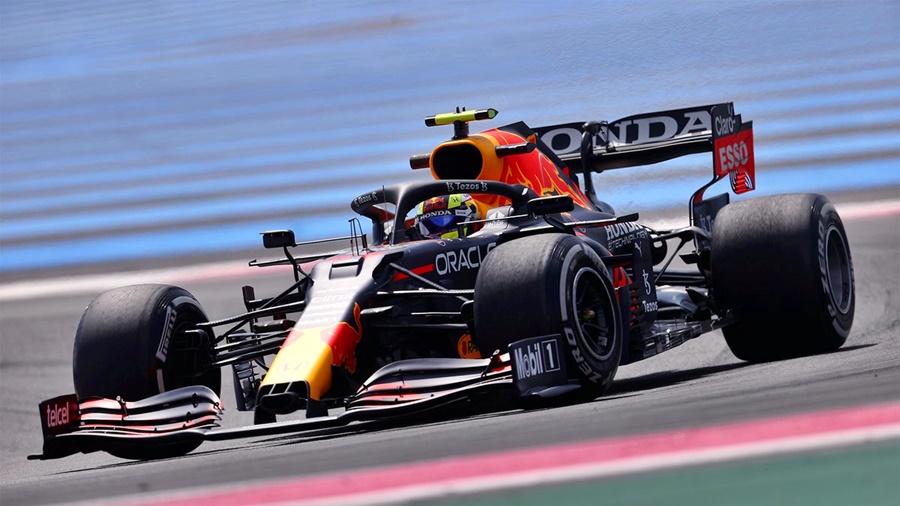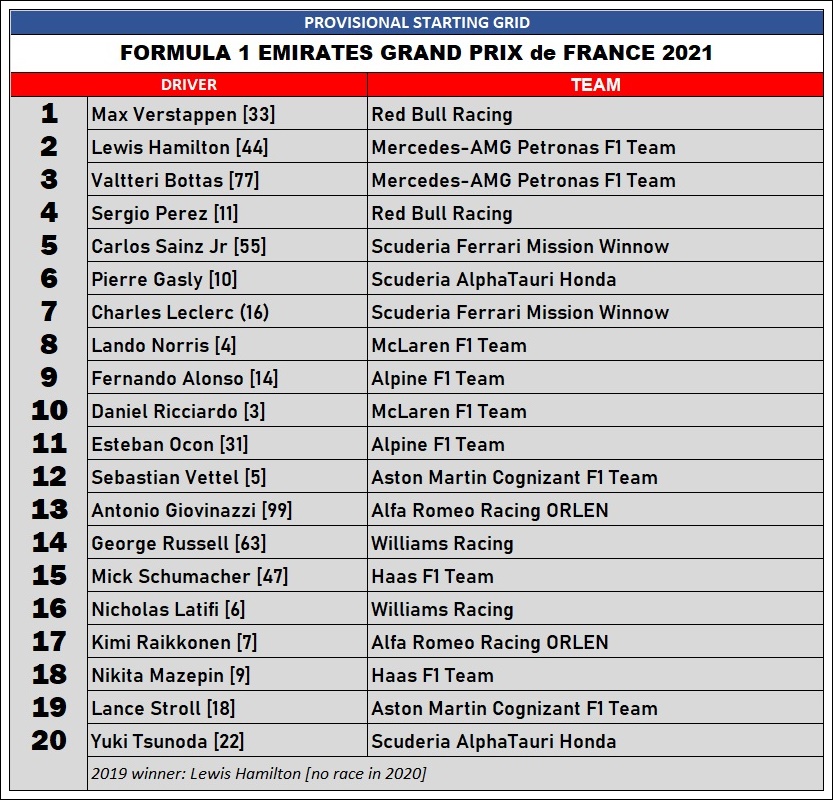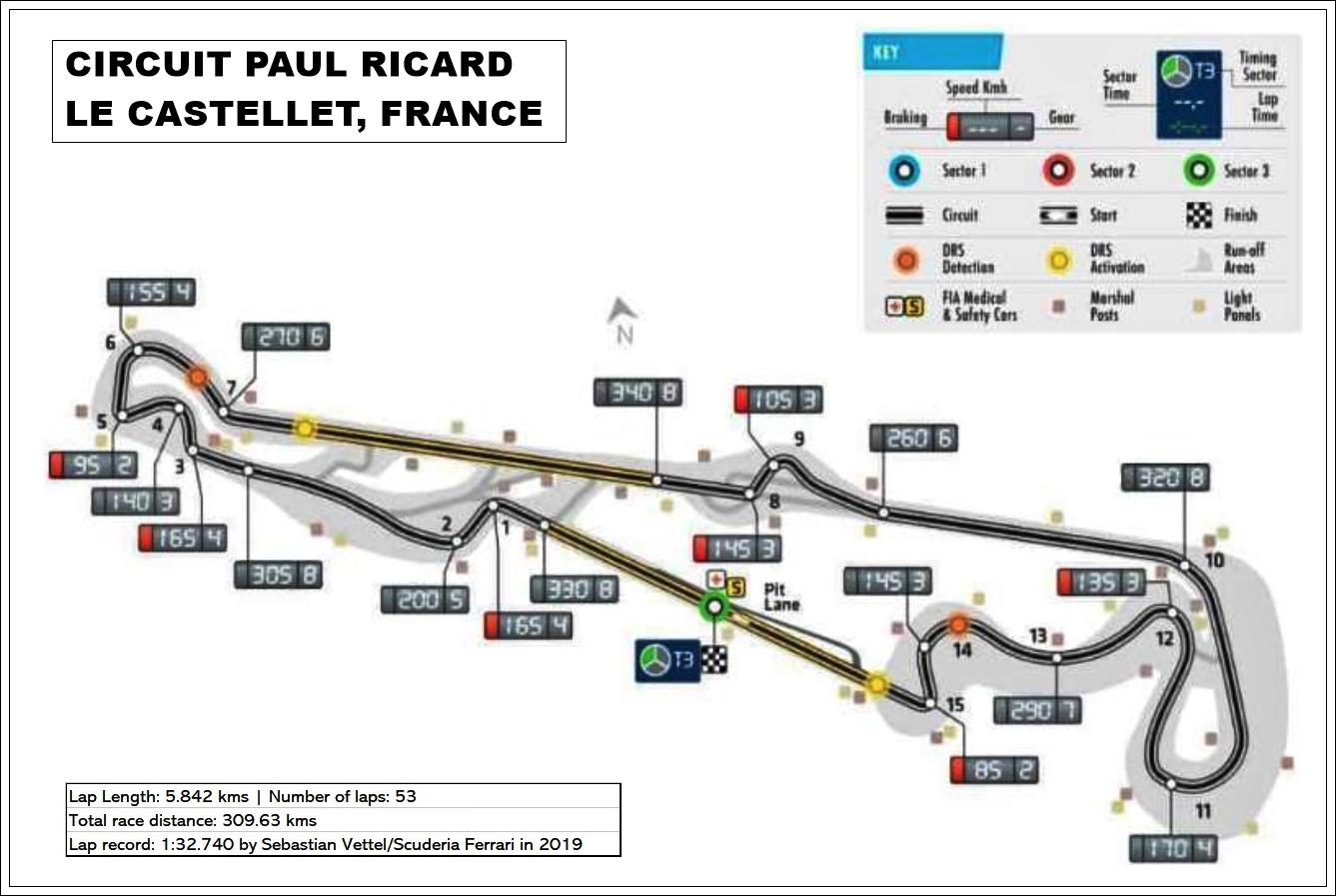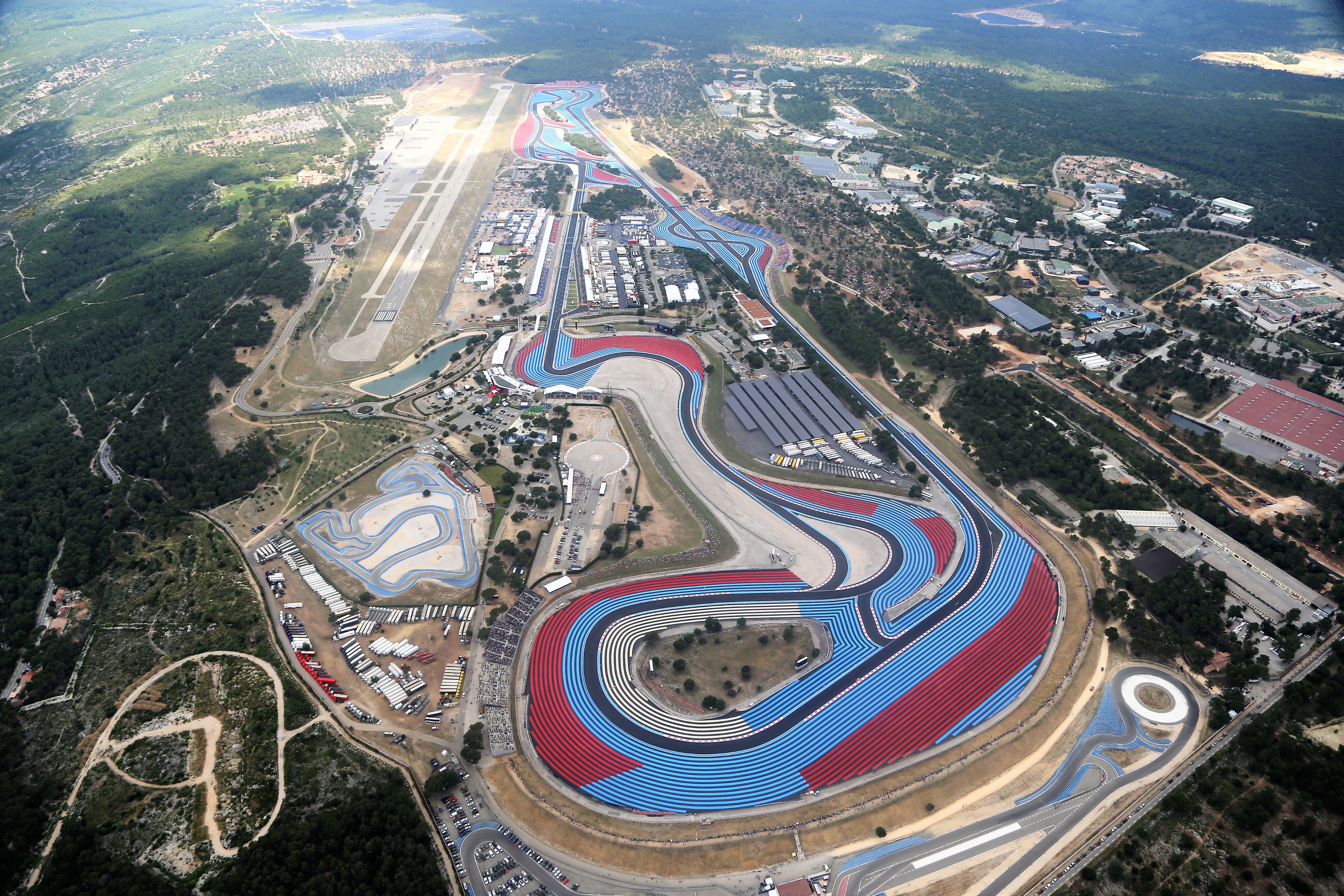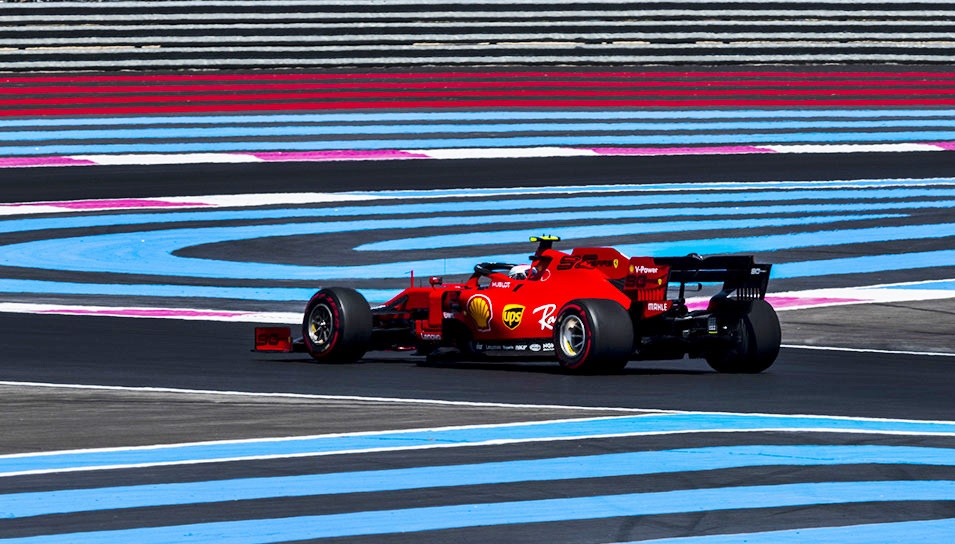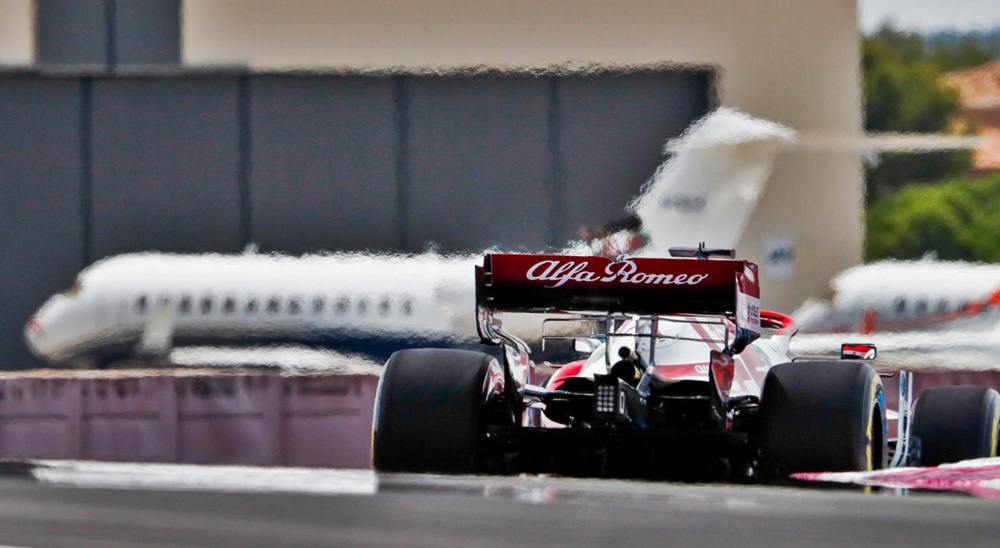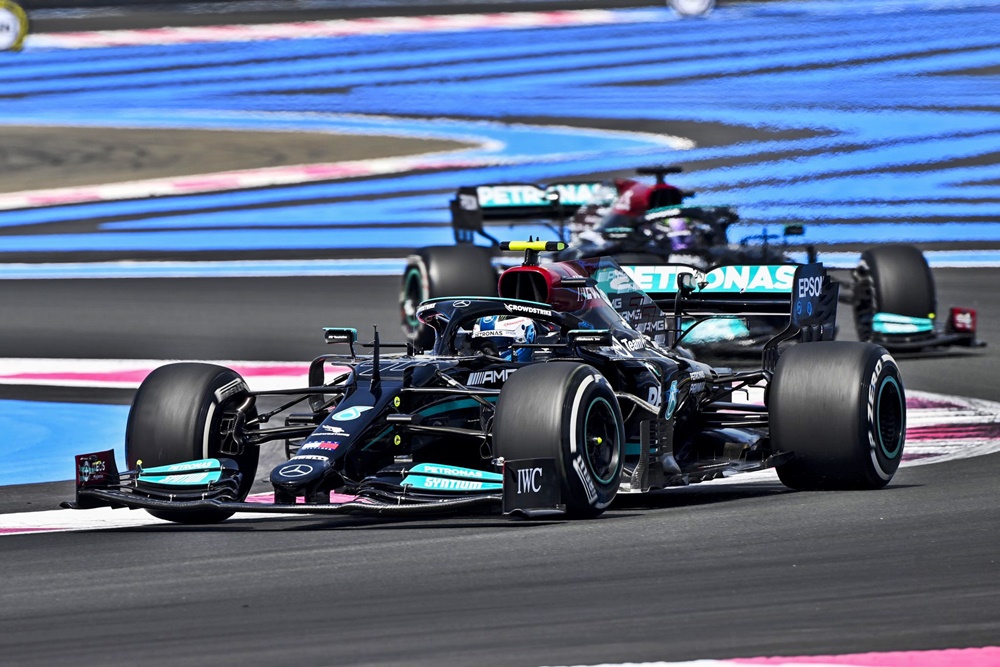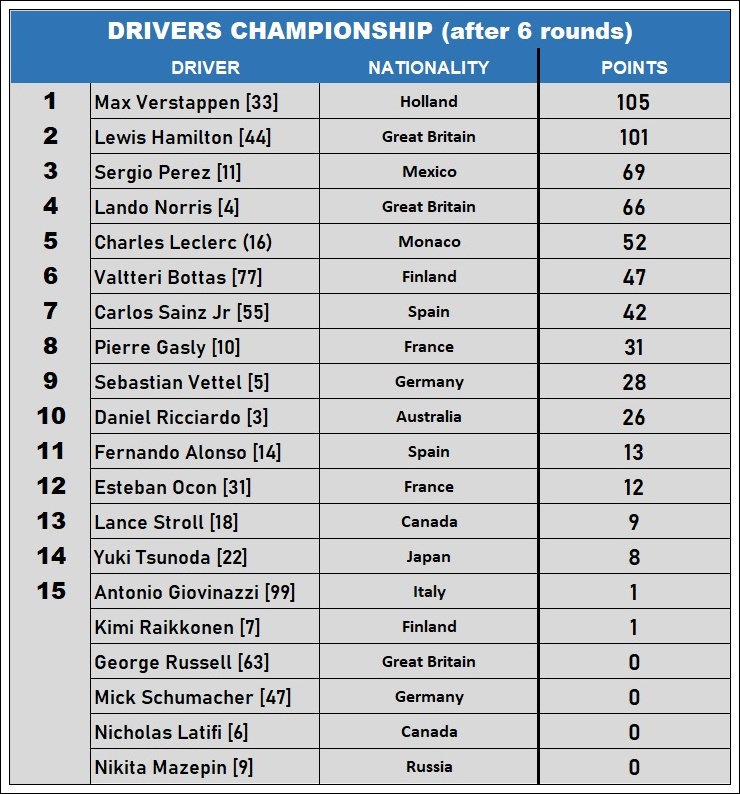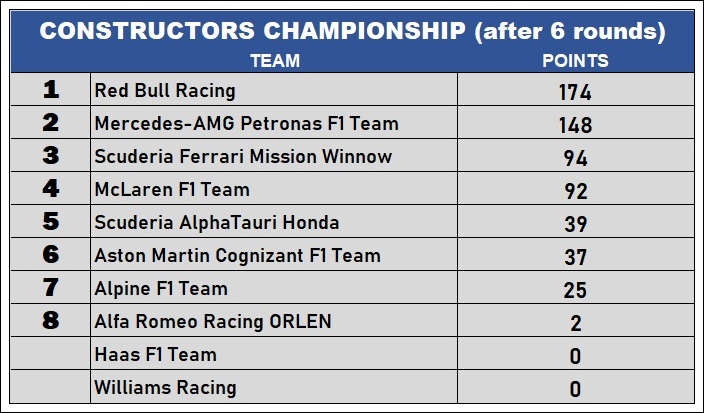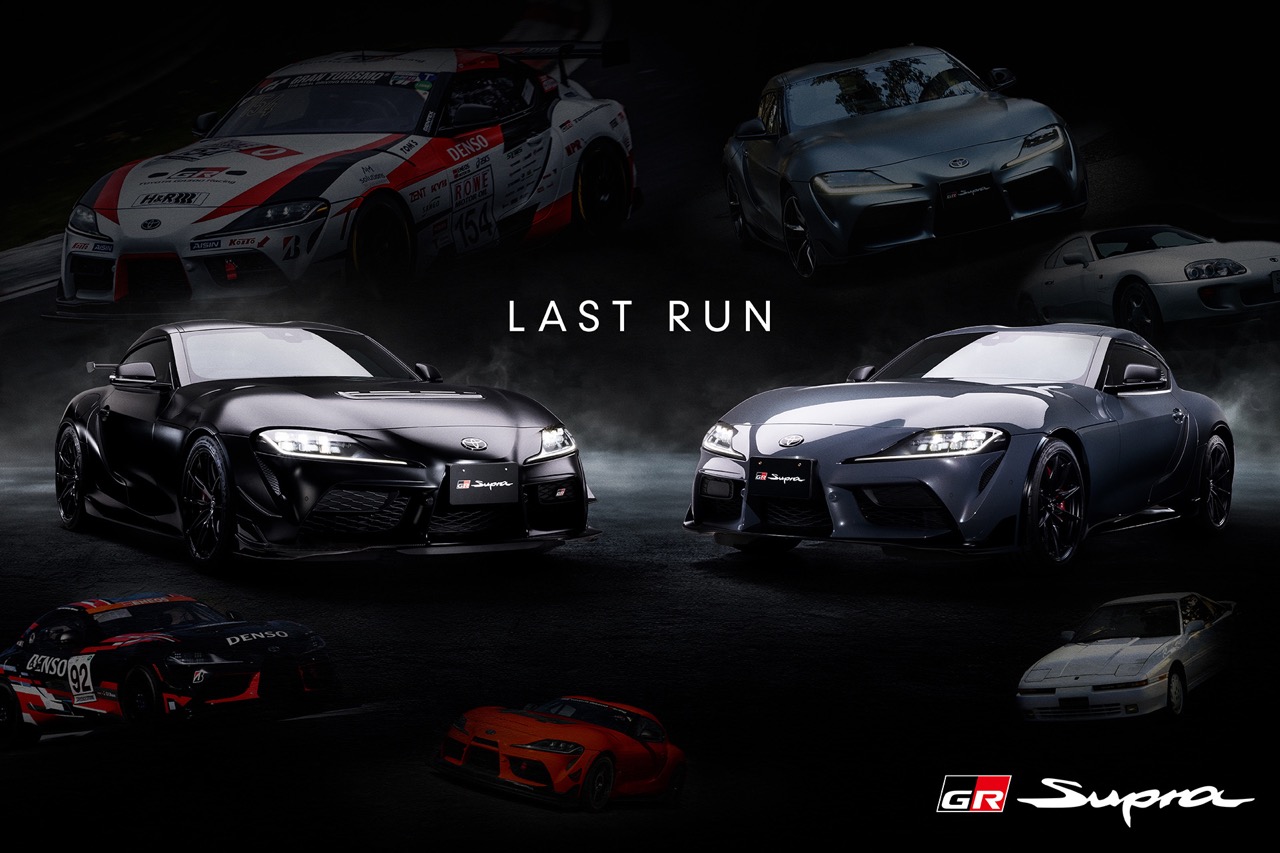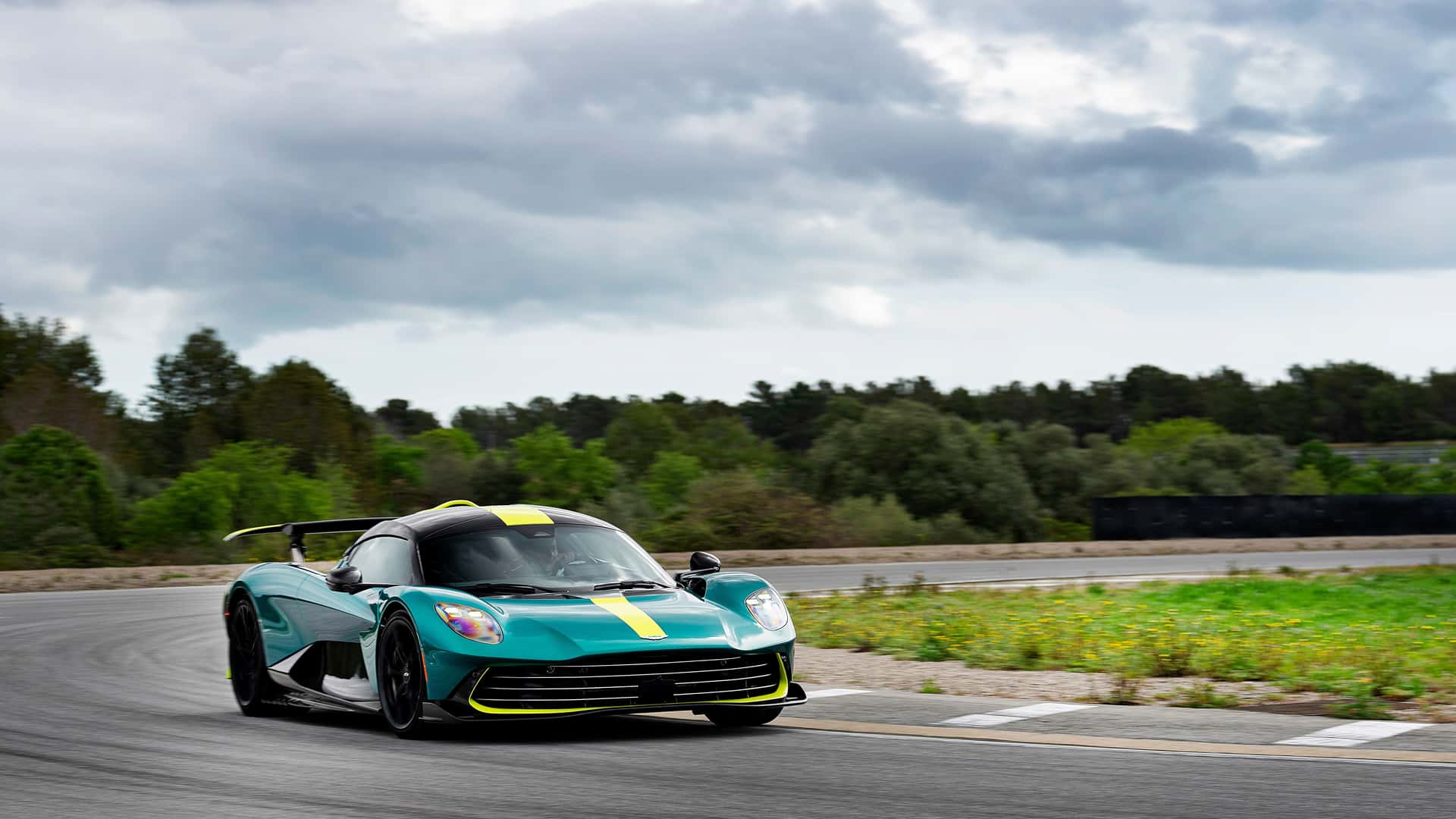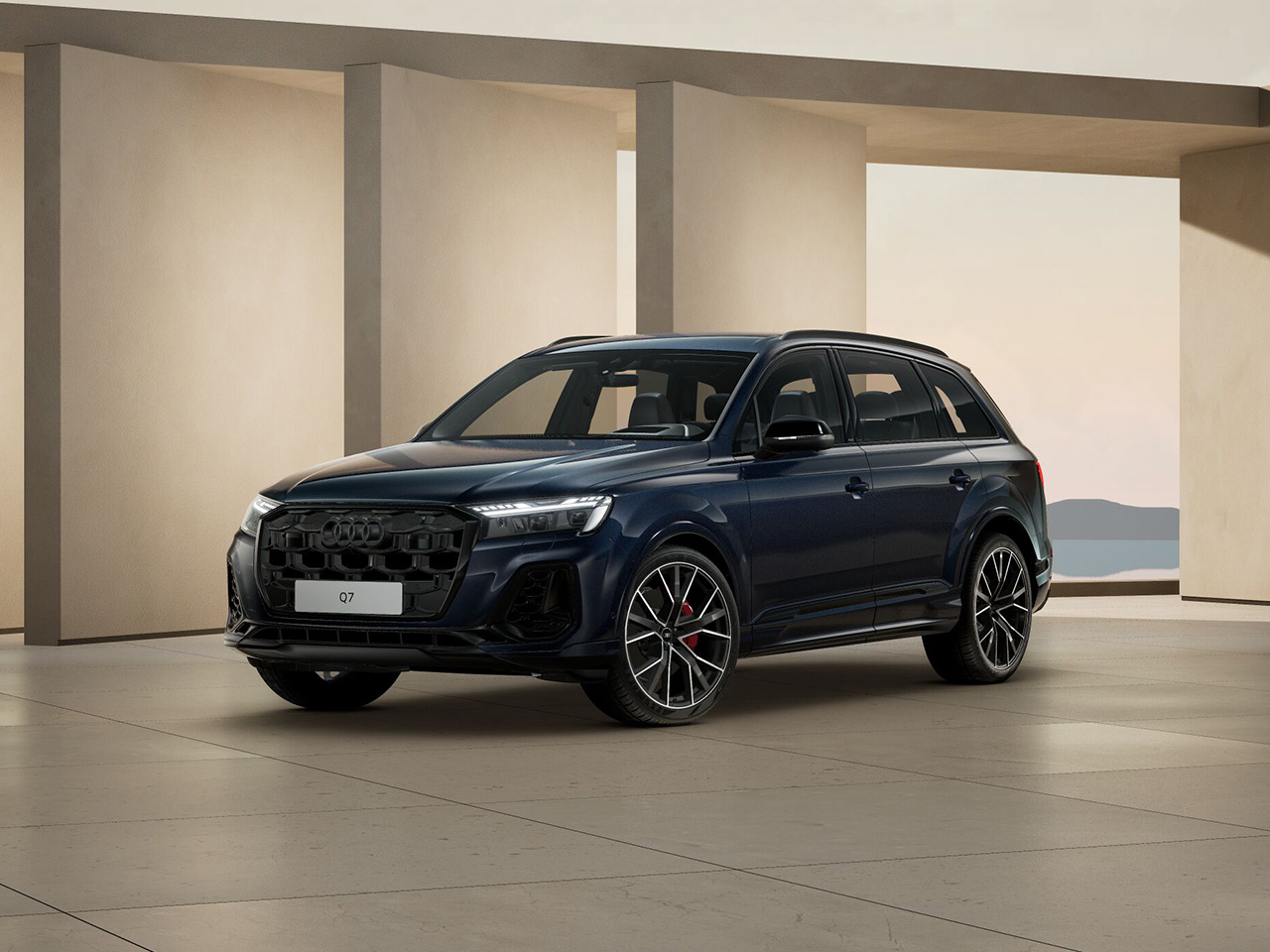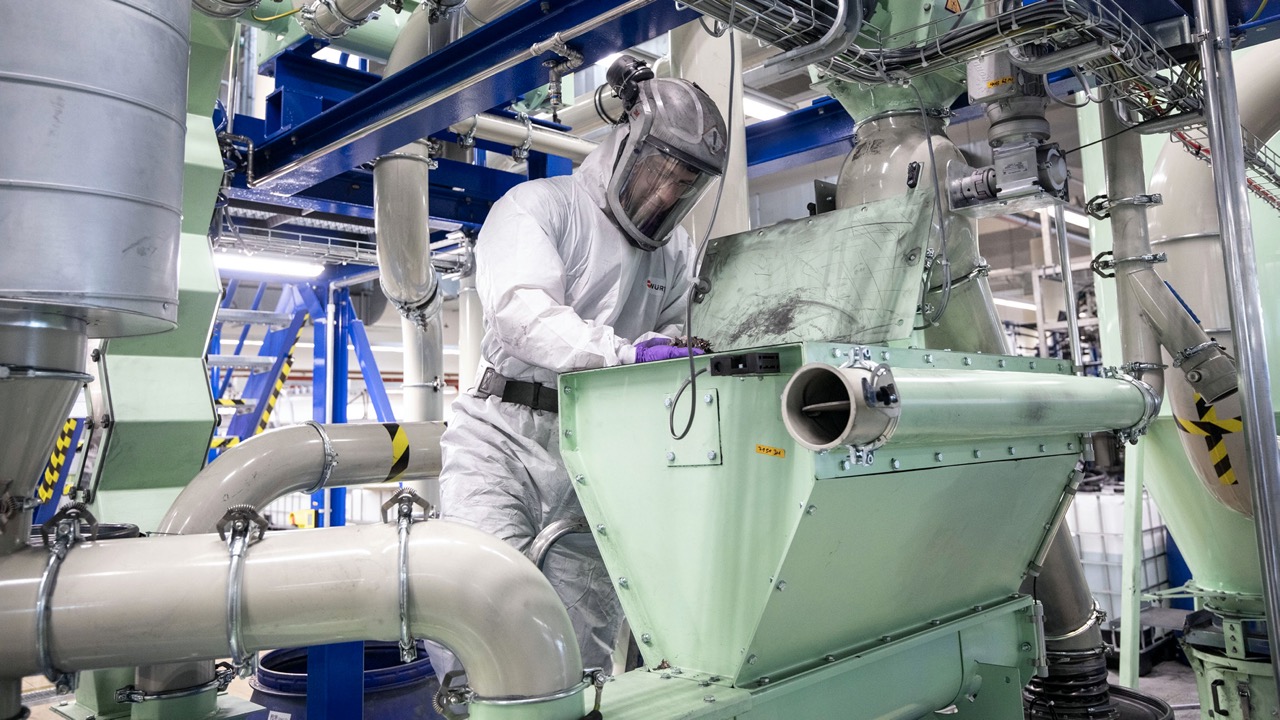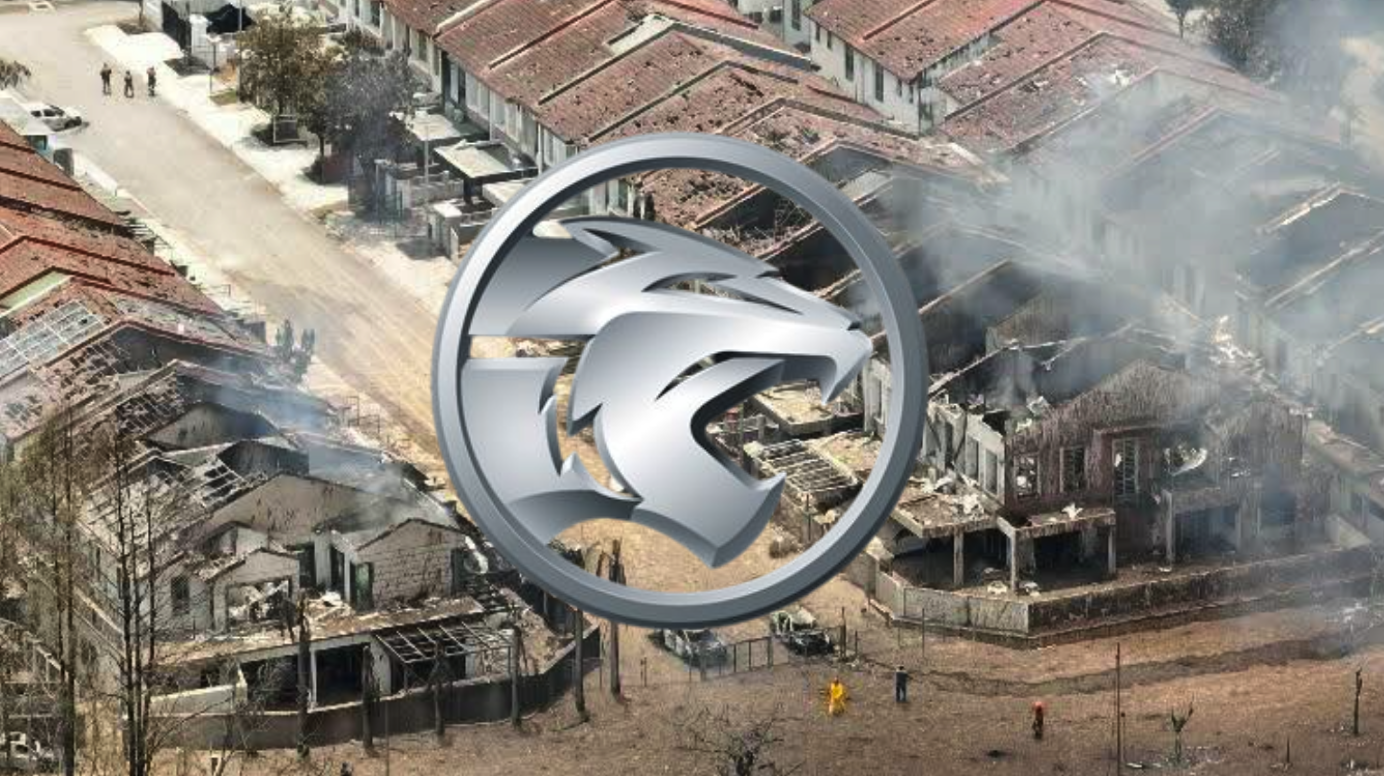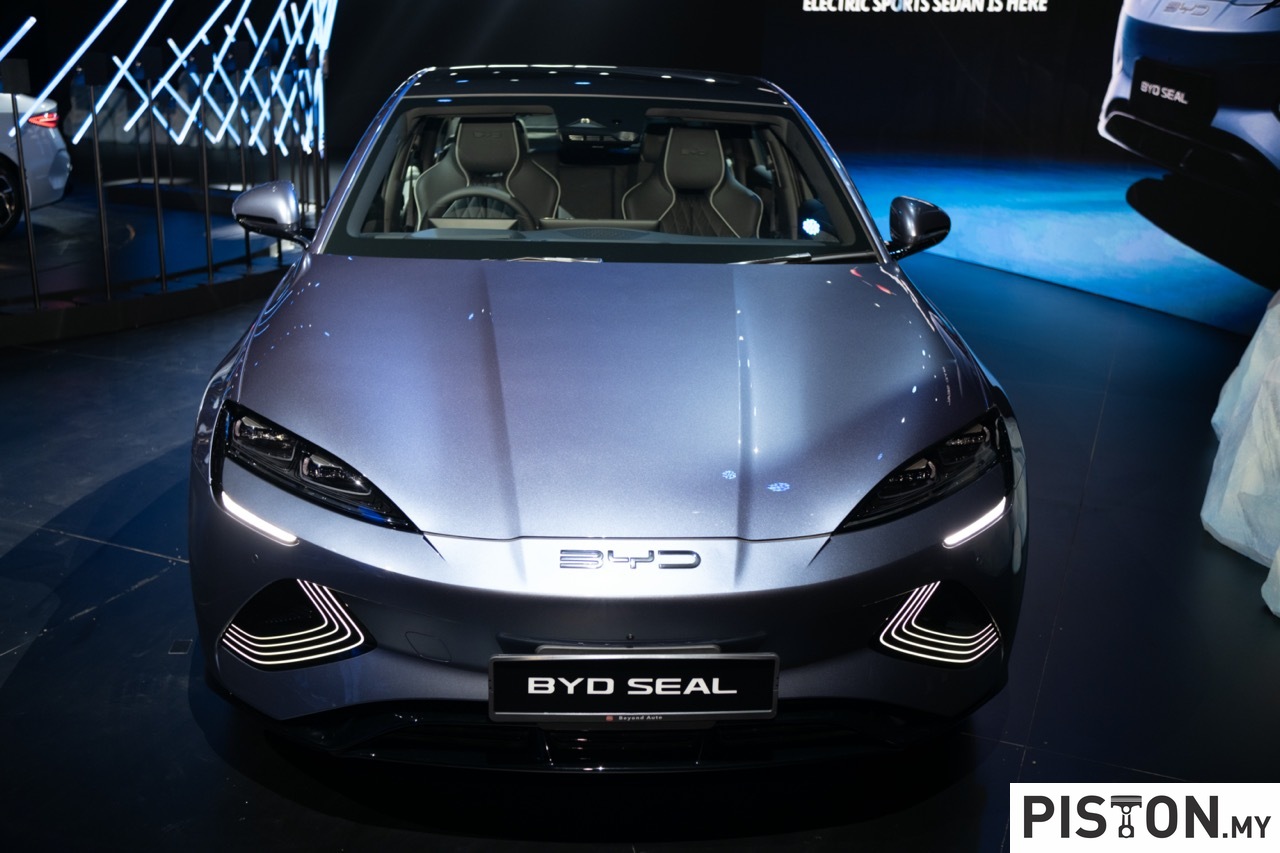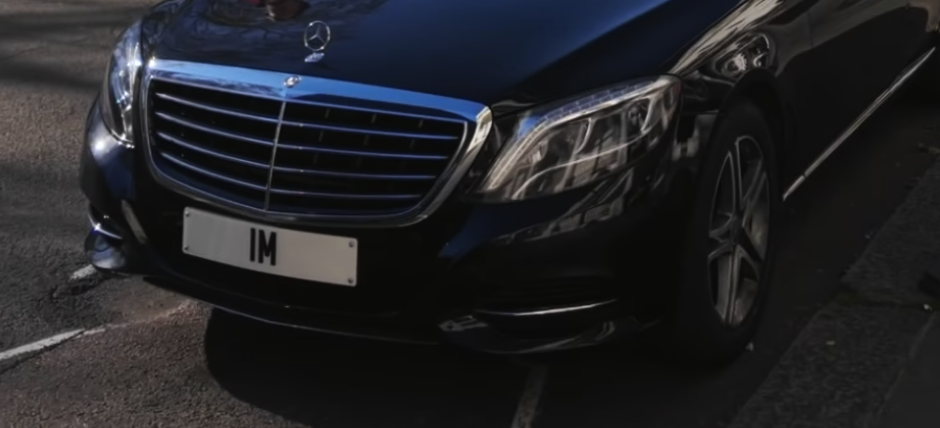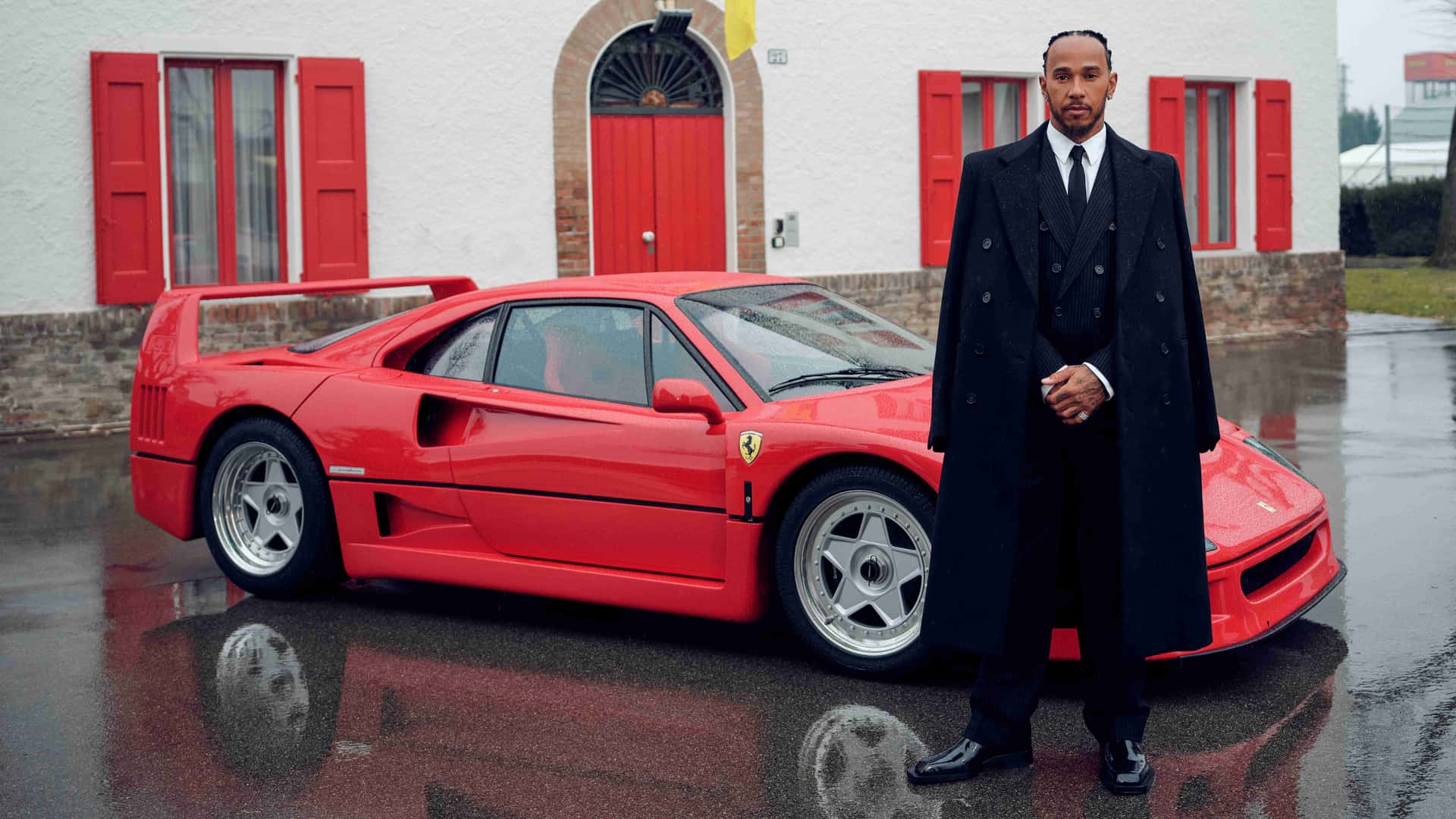Race starts at 3 pm in France/9 pm in Malaysia
Historically, the French Grand Prix has been one of the regular rounds of the Formula 1 World Championship since 1950 and, apart from 1955, was in every year’s calendar until 2008. Then there was s 10-year break and it was reintroduced in 2018. This year should be the 62nd running of the French GP but it is the 61st because the event had to be cancelled last year due to the COVID-19 pandemic.
The Paul Ricard Circuit at Le Castellet has hosted the French GP 16 times since 1971, with six other circuits used on other occasions. It is a ‘traditional’ type of circuit, which is a change from the street circuits of the last two rounds in Baku and Monaco. Most of the long track has been resurfaced for F1’s return this year, and many of the corners have been very subtly reprofiled.
About the coloured stripes
The coloured stripes at Paul Ricard aren’t just for show: they make up a high-grip asphalt run-off system that replaces traditional gravel traps. Both colours use a mix of asphalt and tungsten to create an abrasive surface that helps slow the cars down if they go off track. However, the abrasion level is different, depending on the colour. The ‘Blue Zone’ isn’t as abrasive and is only mildly punishing, but the ‘Red Zone’ – close to the barriers – is much more abrasive and effective at slowing down the cars.
According to Pirelli, the tyre suppliers for F1, there are varied characteristics of the track but tyre degradation is generally low. However, Turn 13 is particularly demanding in terms of continuous energy demands on the tyre, as is the Signes corner after the Mistral straight.
“We’re back to the combination of tyres used for the first two races of this year, right in the middle of the range. This is the most versatile combination, well suited to a wide variety of different demands, and this is also what makes it a good match for the Paul Ricard circuit, which contains an interesting mix of corners,” said Mario Isola, Head of F1 and Car Racing at Pirelli.
He noted that the winning strategy in the 2019 race was a one-stopper, from medium to hard. This was adopted by all the podium finishers, with all but seven of the drivers starting the race on the medium tyre.
Finding the balance between speed and agility
The 5.8-km layout of the circuit presents a strong challenge for teams to find the optimum set-up. With high-speed straights and the fast Signes Corner at the end of the Mistral Straight, as well as the complexes of low and medium-speed corners at the end of sectors 1 and 3, the choice of downforce is not easy. The teams will have to carefully balance outright speed with agility through the corners.
Of all the tracks being used this year, Paul Ricard has the highest average track temperature (50°C) and second-highest maximum track temperature (55°C). This means the teams will want to ensure that the brakes can cool quickly and Brembo supplies six different front disc solutions. There is the medium cooling option with 800 holes, high cooling with 1,250 holes and very high cooling with 1,480 holes. Each of these then offers a sub-option with a process on the outer diameter – the so-called groove.
In the case of very high cooling, the holes are arranged in seven different rows; in the intermediate case in six rows; and the other case in four rows. They measure 2.5 mm in diameter each and are precision-machined individually. It takes 12-14 hours to punch all the holes on a single disc. The mechanical component tolerance is only four hundredths.
Championship positions
With Lewis Hamilton having lost his chance to collect any points in the previous round, and Max Verstappen having been forced out due to tyre failure, the difference between the two divers remains slim with the Dutchman just 4 points ahead of the reigning World Champion. Sergio Perez’ first win of the season in Baku has elevated him to third place with 69 points, 3 points ahead of Land Norris.
While Verstappen didn’t collect points for Red Bull Racing in the last round, the 25 points Perez collected for his win have extended the team’s lead to 26 points from Mercedes-AMG. McLaren and Ferrari are just 2 points apart, and the same for Scuderia AlphaTauri Honda and the Aston Martin Cognizant team.




